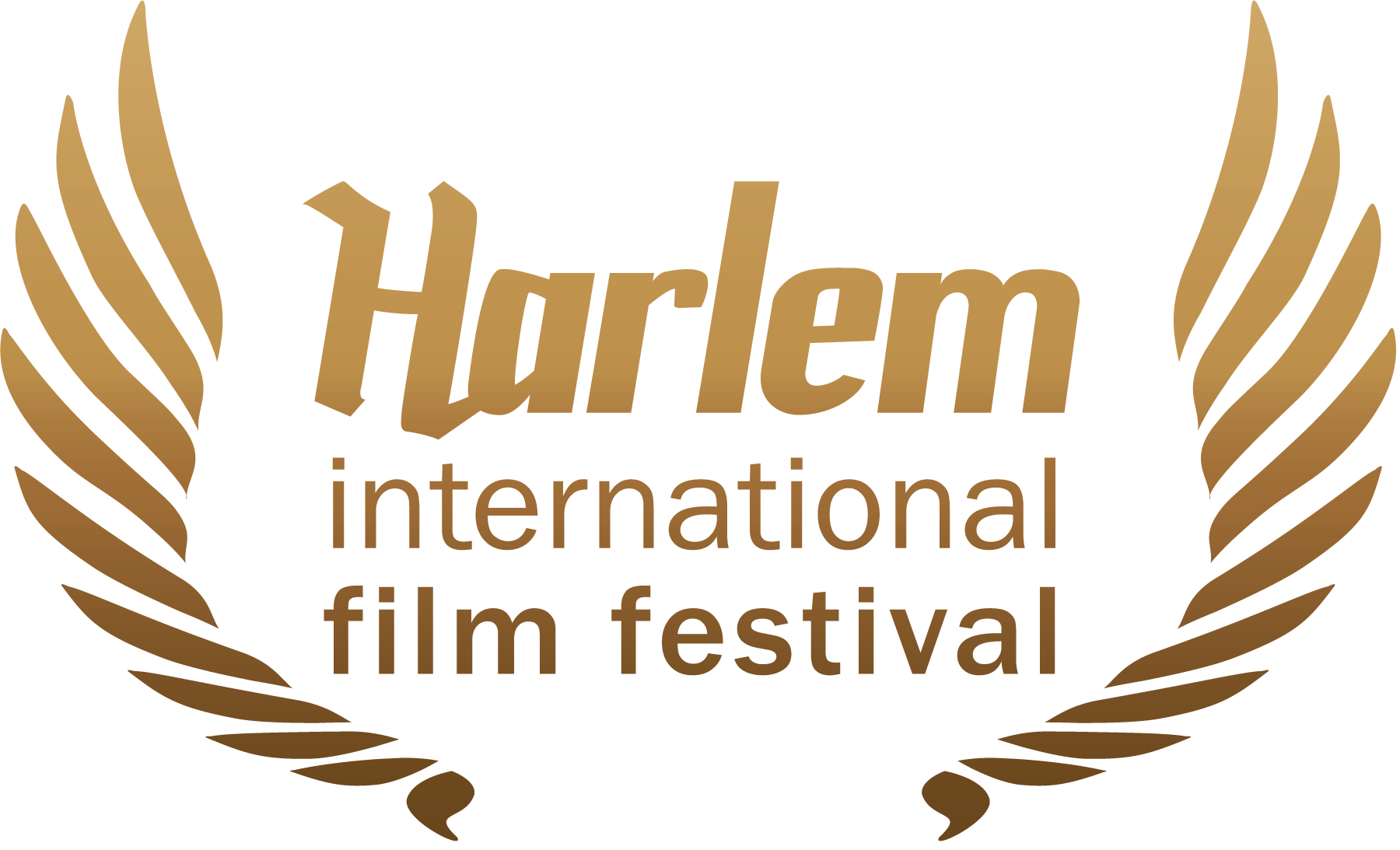RAIN THE COLOR BLUE with a little Red in it / AKOUNAK
A revolutionary story of one musician’s struggle to make it, against all odds, in the winner-takes-all Tuareg guitar scene of Niger.
Watch the trailer
SYNOPSIS
Akounak tells the universal story of a musician trying to make it “against all odds,” set against the backdrop of the raucous subculture of Tuareg guitar. The protagonist, real life musician Mdou Moctar, must battle fierce competition from jealous musicians, overcome family conflicts, endure the trials of love, and overcome his biggest rival – himself. Stylistically borrowing from the Western rock-u-drama and a homage to Prince’s 1984 “Purple Rain,” the story was written with and for a Tuareg audience, drawing from experiences of Mdou Moctar and fellow musicians. Carried by stunning musical performances from Mdou, the film is equally a window into modern day Tuareg guitar in the city of Agadez as it is an experiment in modern ethnographic filmmaking and new techniques of cross cultural collaboration.
SUMMARY
The Tuaregs are an ethnic and language group of traditionally nomadic people in the Sahara desert. Tuareg guitar music (“ishumar guitar”) or so-called “desert blues” (popularized by groups like Tinariwen and Bombino) began over thirty years ago as a folk expression of political rebellion. Today the style has become the de facto music of the desert. While the subject has been explored extensively in documentary features, these are aimed at Western audiences and betray a sensationalist tilt, focusing on the origins of the “rebel music” and not the contemporary subculture.
Akounak is not a documentary, but a narrative fictional tale. Developed and written by Mdou Moctar, Jerome Fino, and Christopher Kirkley and shot over 10 days, the film draws from the stylistic choices of Western film, filtered through a Saharan lens. Borrowing heavily from Purple Rain, Akounak is based on the struggle of a musician as a universal hero, and utilizes these sources while reinterpreting through protagonist Mdou Moctar’s real life experiences. In execution, many techniques have been adapted from the experimental technique of Jean Rouch – in particular, the collaborative nature to produce something that can resonate across both cultures.
Akounak is the first feature fiction film in the Tamashek language. The title translates to “Rain the Color Blue with a Little Red in it,” a literal translation of Purple Rain (the Tuareg language has no word for Purple) – a nod to its unlikely origins and the difficulties of translating ideas across cultures. Akounak has screened at festivals around the world, and has already become a favorite in Niger.
Q&A with DIRECTOR CHRISTOPHER KIRKLEY
What made you want to make a Tuareg “Purple Rain” remake?
I spent a lot of time recording music over the years, and I wanted to explore the Tuareg guitar scene. Rather than a documentary format, I wanted something that could resonate with local audiences, they could participate in, and be proud of. Immediately I went to what was familiar to me – the Western musical film, idealized by 1984’s Purple Rain. It’s a landmark film that set the tone, and was followed by a plethora of music videos turned movies. It’s the perfect universal story, and became the template for our film.
How does the story change when told from the perspective of Mdou Moctar?
Mdou Moctar’s story is very different from “the Kid’s.” The culture in Agadez is much more conservative – much of the flamboyance of Prince’s character and central themes of Purple Rain simply do not translate. Yet other elements were remarkable similar, and are universal, like the musical competition, problems of love, familial responsibility, and making peace with your ego.
What was the process of making the film?
Jerome and I met in France and I pitched him the idea. Shortly afterwards, we traveled to Niger to meet with Mdou, whom I had already worked with for sometime. We spent a couple weeks in Agadez drinking tea until late into the evening, talking about the movie, watching films for inspiration, and creating a new storyline. I took this back to Portland, and wrote it into a rough script. Four months later, and with a small budget from Kickstarter, we returned to shoot the film.
What was it like shooting in Niger?
Shooting was exhausting. We did almost no preparation. We cast and scouted locations while filming, using what was available. Sometimes we used real events to our advantage. And many scenes were improvised. It was extremely low budget, even for Niger – there are plenty of local Niger based filmmakers that found our budget and equipment laughable. But cinematographer Jerome Fino comes from a world of DIY, and was used to working on borrowed equipment and bricolage supplies.
How does this relate to the work of Jean Rouch or cinéma vérité?
The overall project was an experiment in collaboration. I was the director in name only as no one else wanted that role. Everyone on our team did everything from painting the motorcycle and making tea, to holding booms and controlling crowds. The actors regularly vetoed lines and changed scenes to reflect either what they felt was more accurate, or what they felt more comfortable with shooting. It was difficult to turn this experience into a film, but this was central to the project.
How have Niger audiences received the film?
The film elicited cheers, especially when key aspects of Tuareg culture were on screen – tea being poured, or a motorcycle blasting off. Sometimes people in the West assume that it’s overtly ethnographic, but Tuareg audiences notice the amateur actors, exaggerated scenarios and epic coincidences. It’s a fantasy, but a Tuareg fantasy. Things that make it not so different from that other movie.

